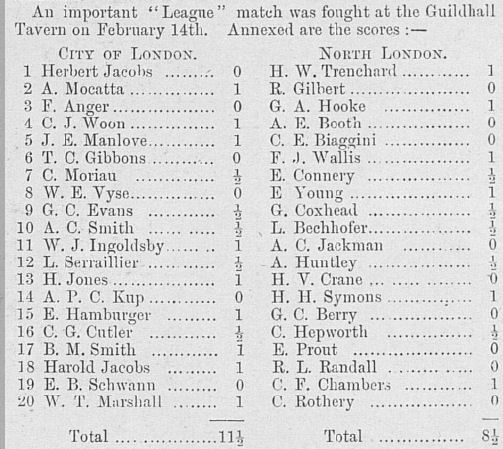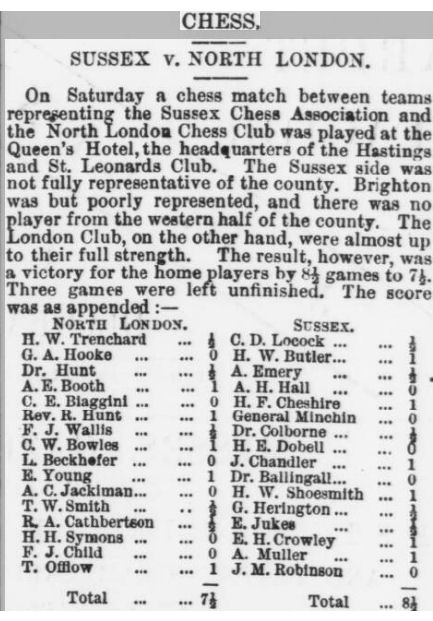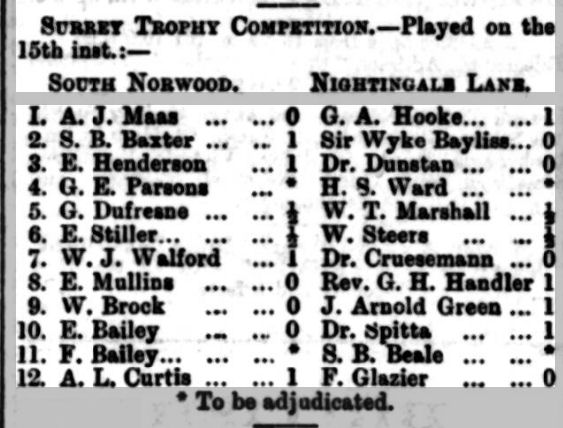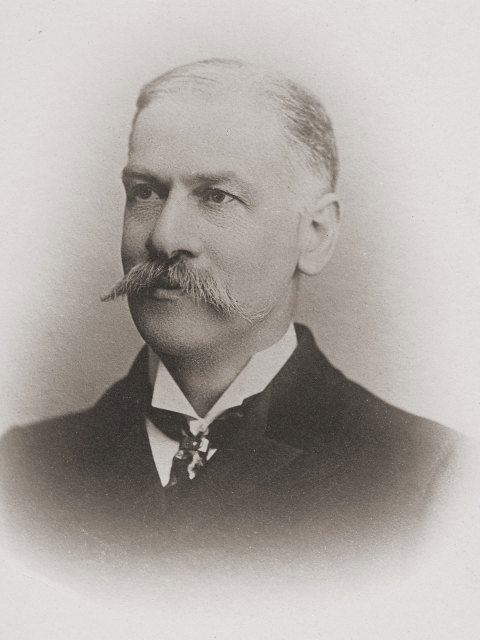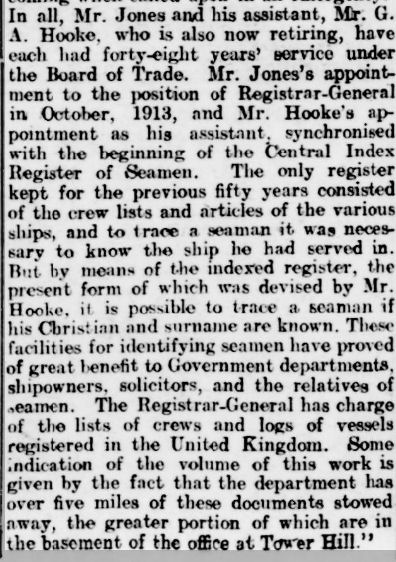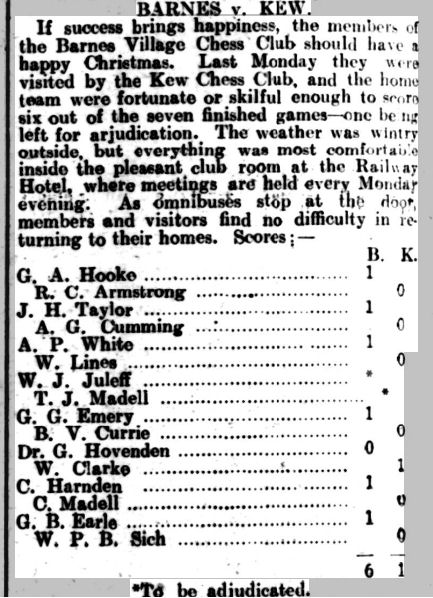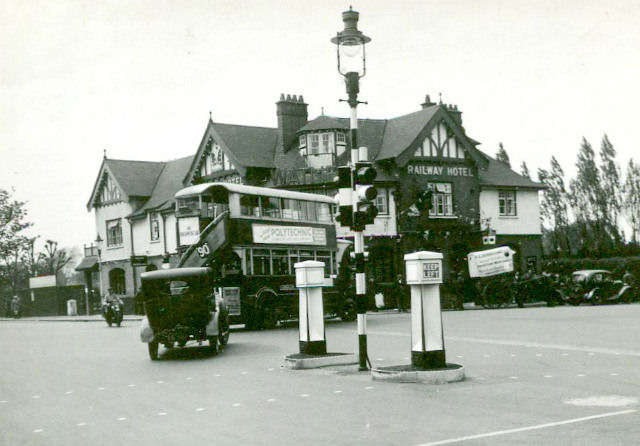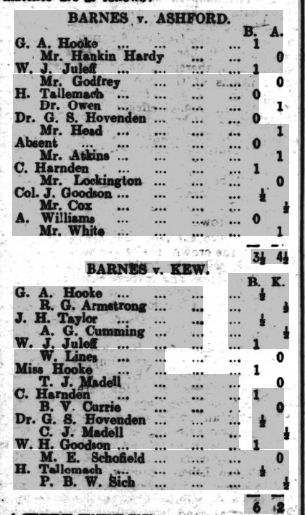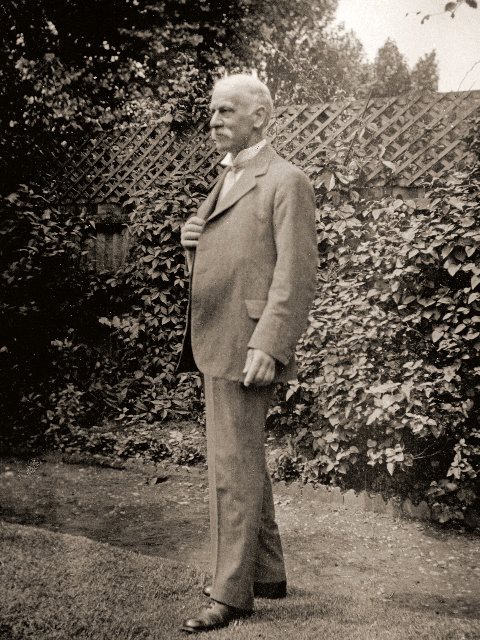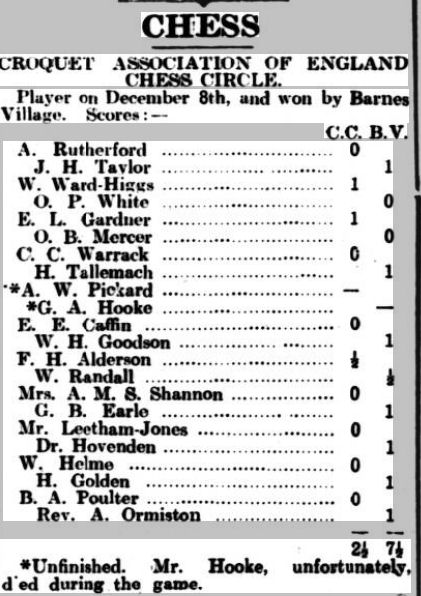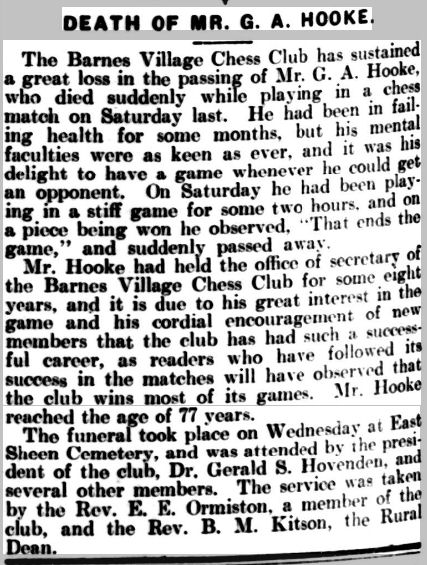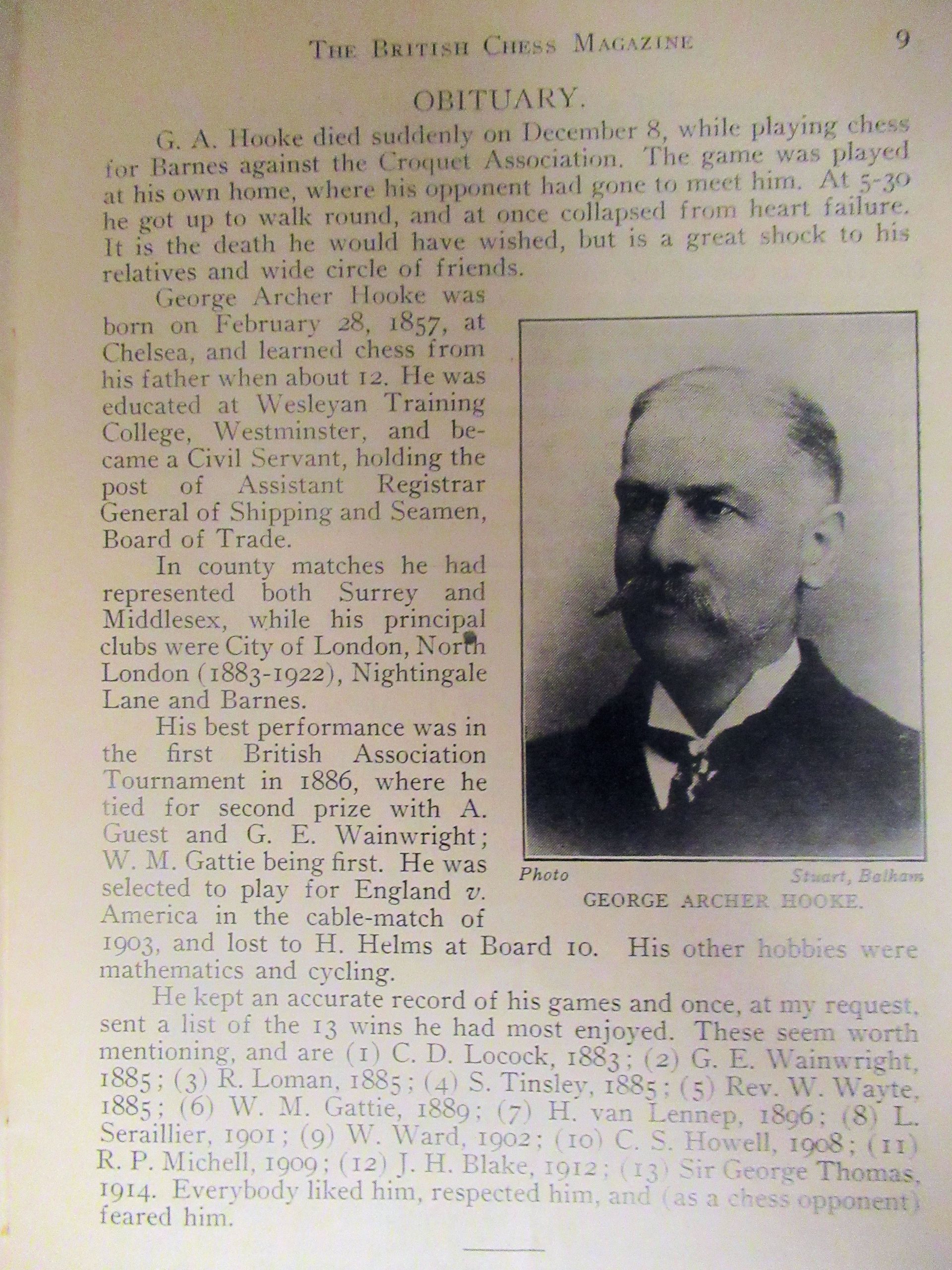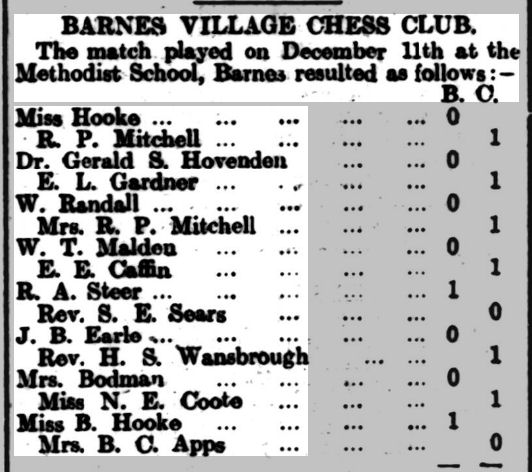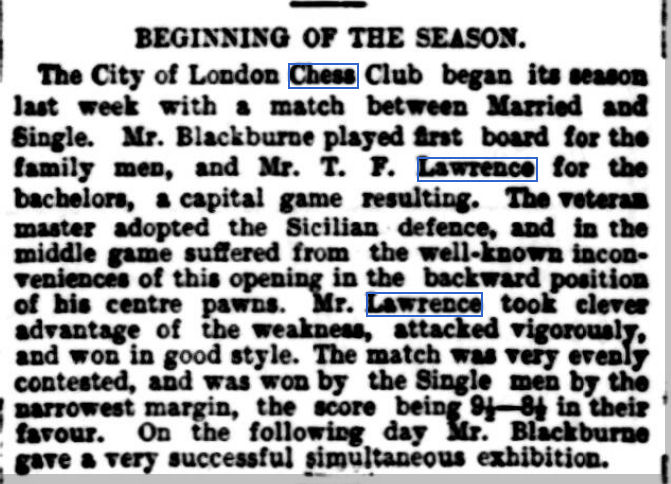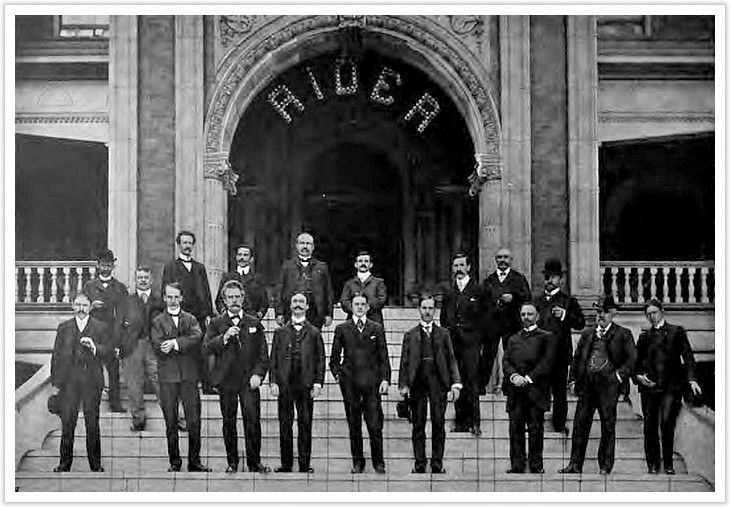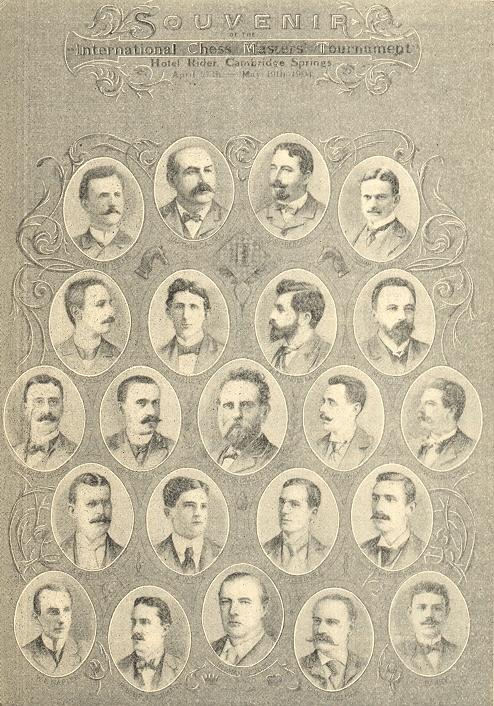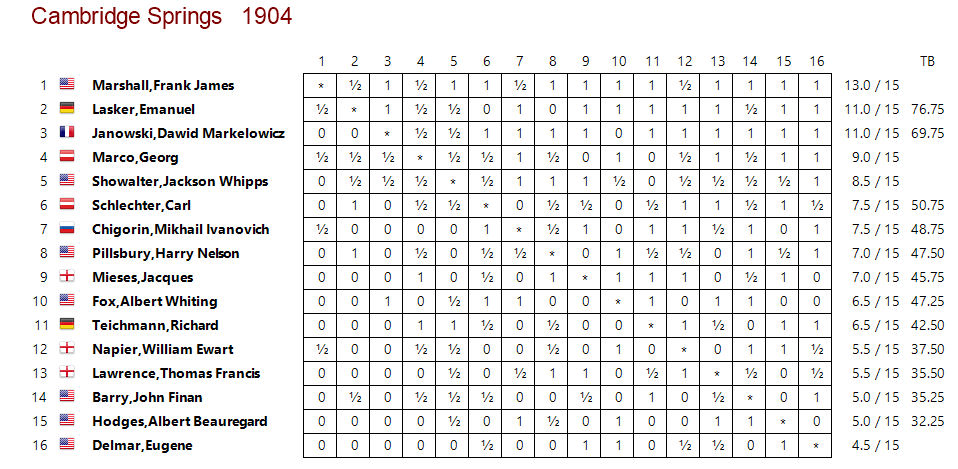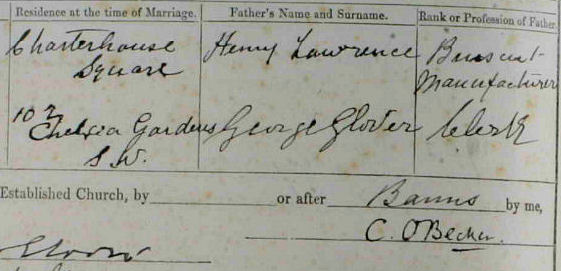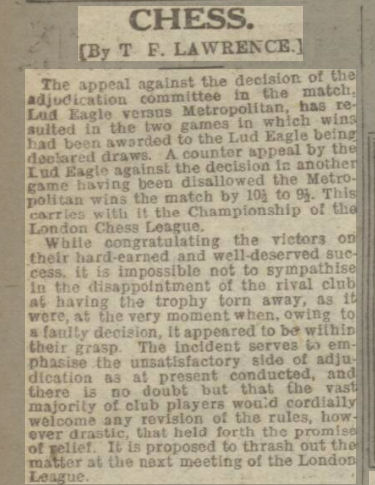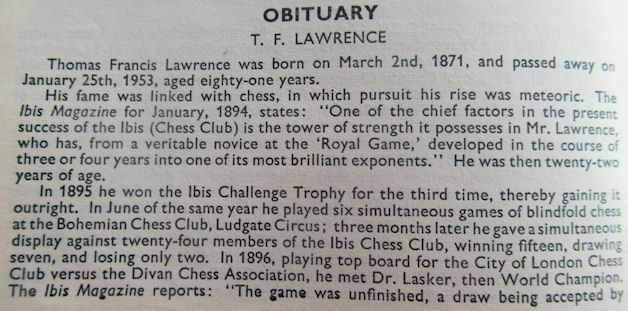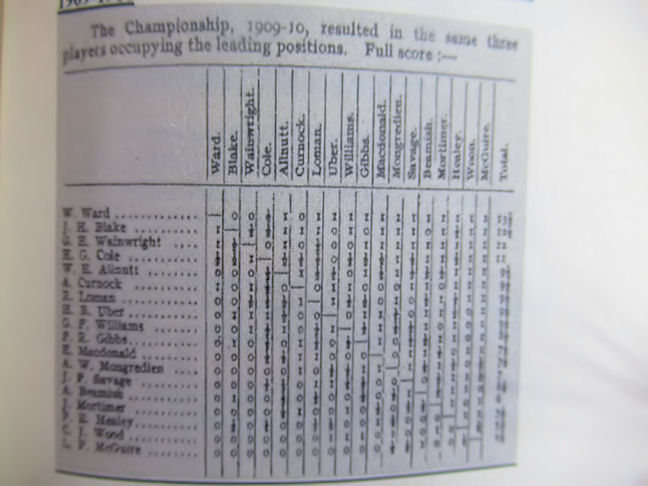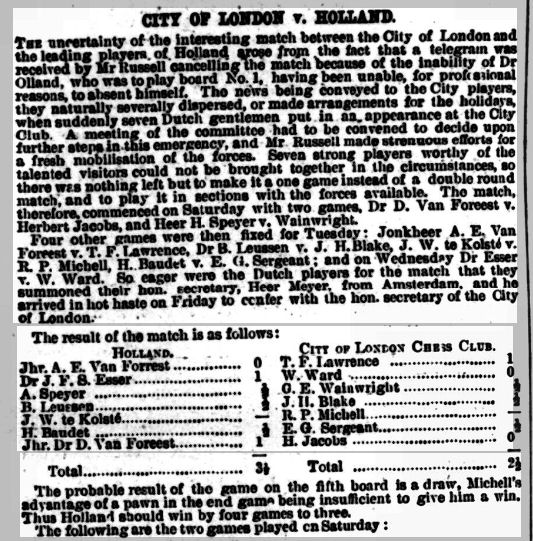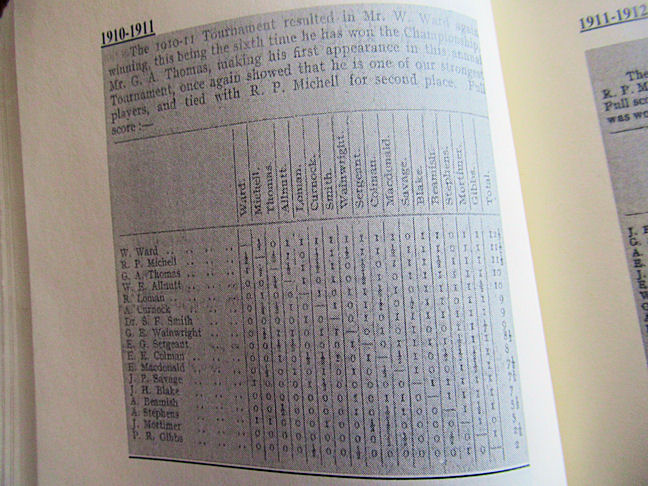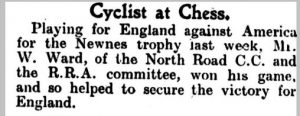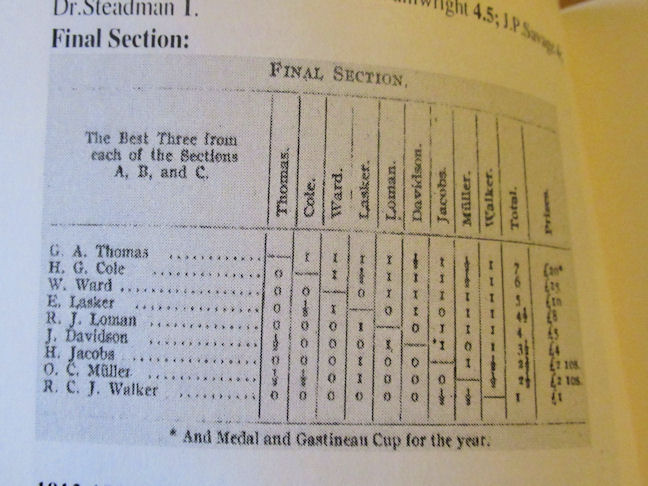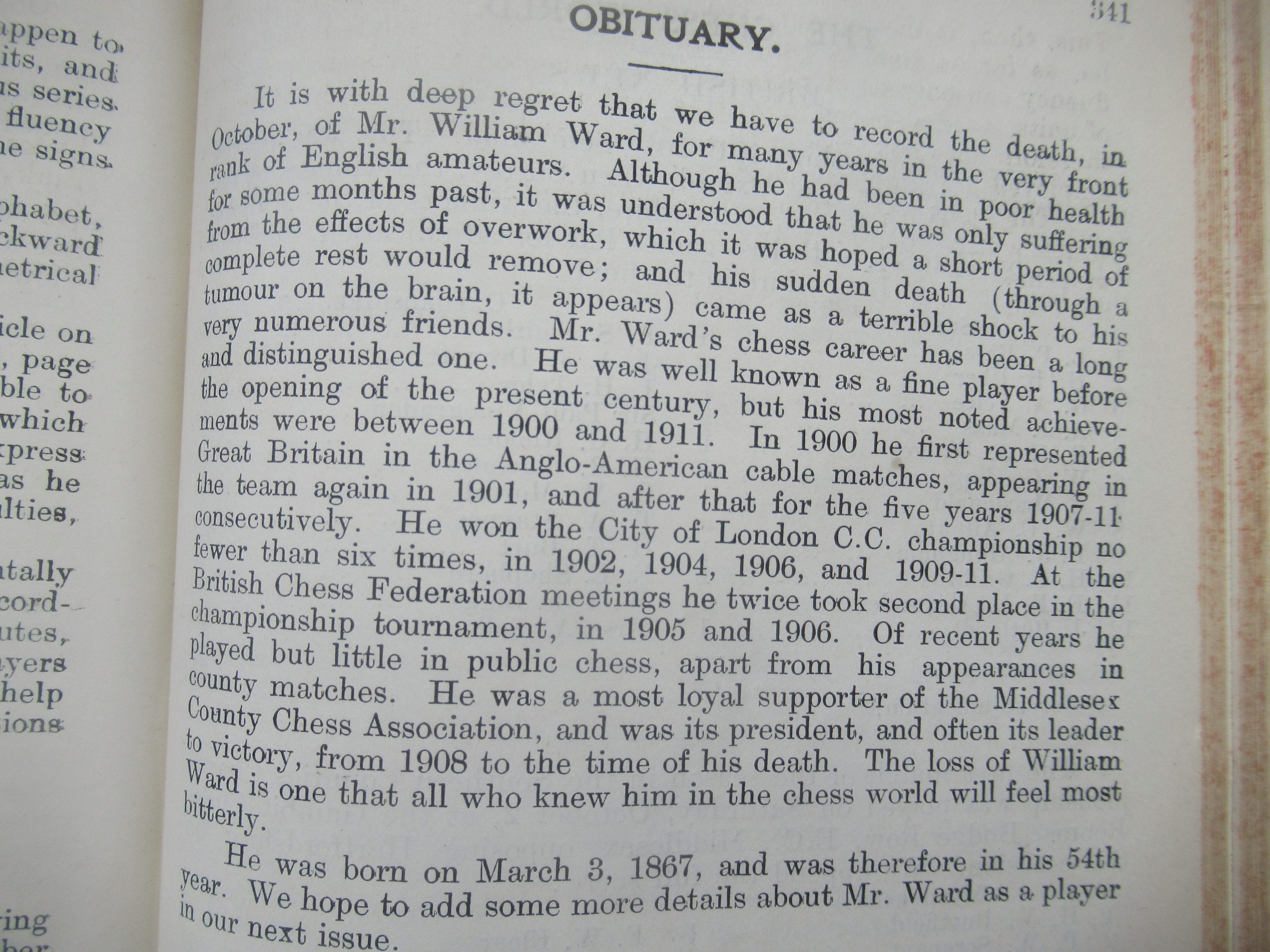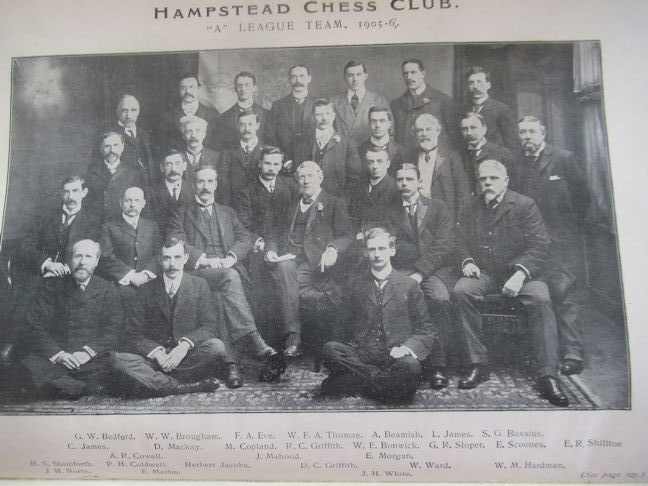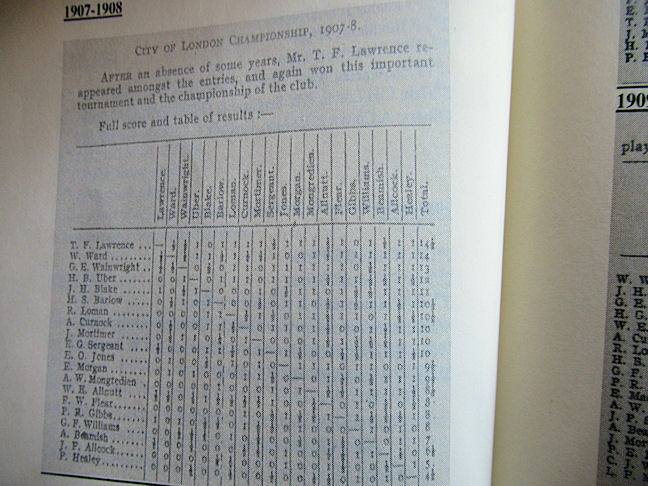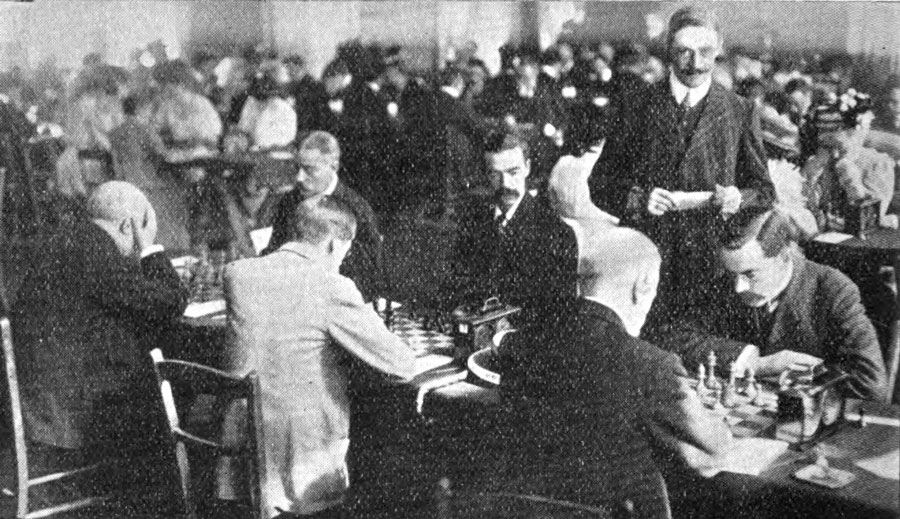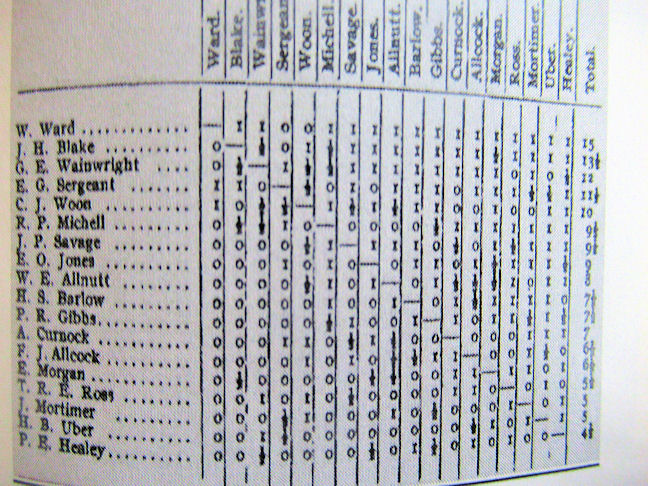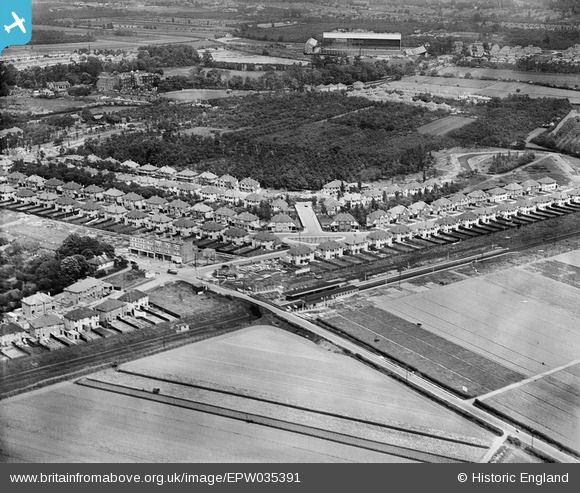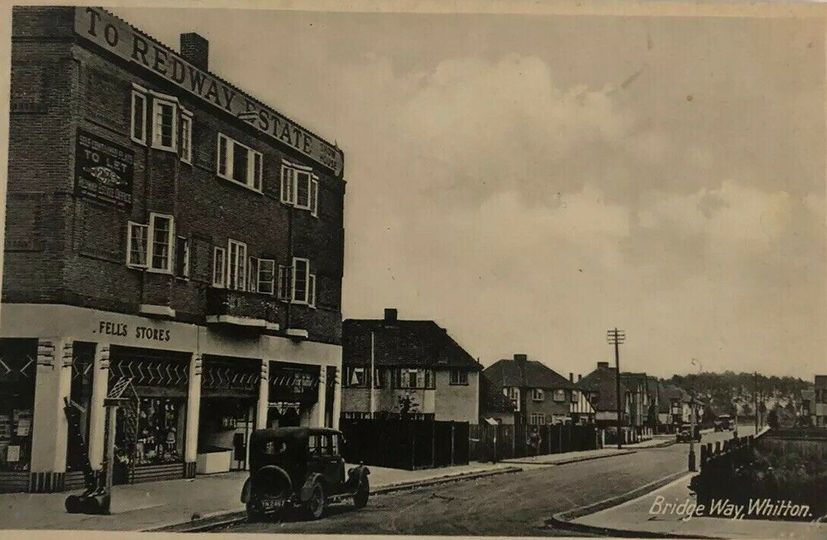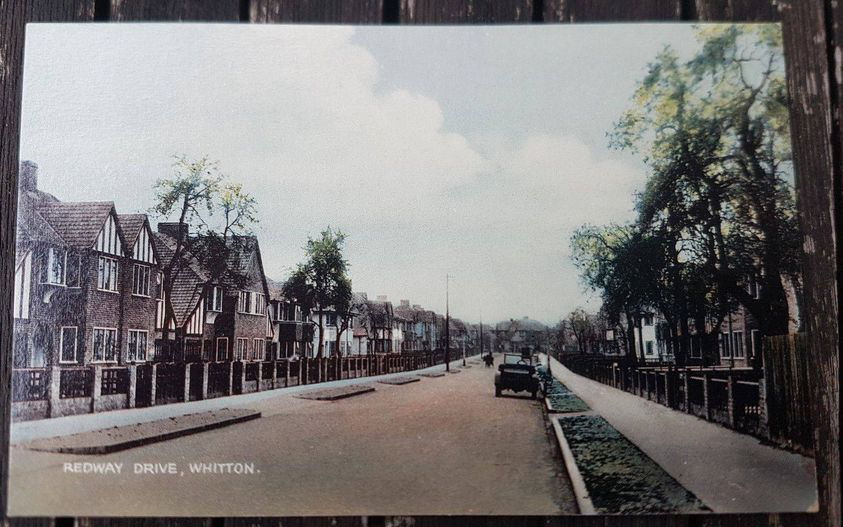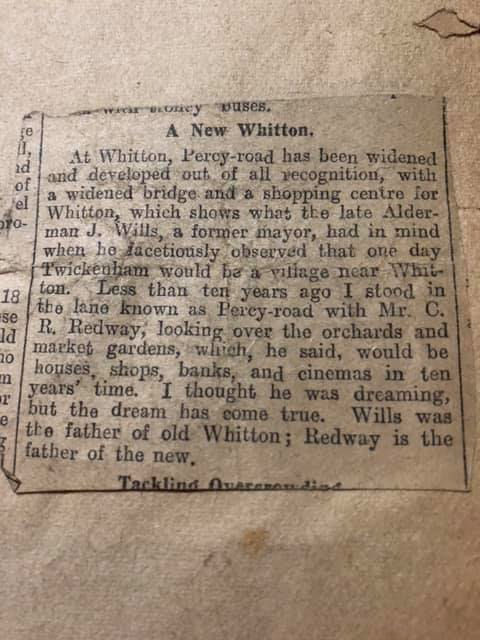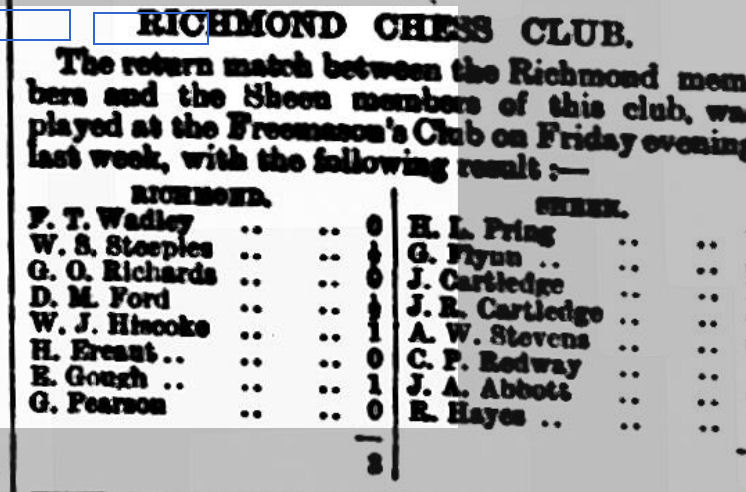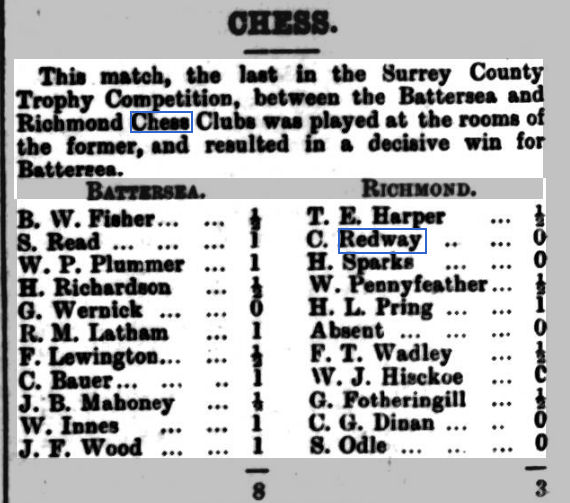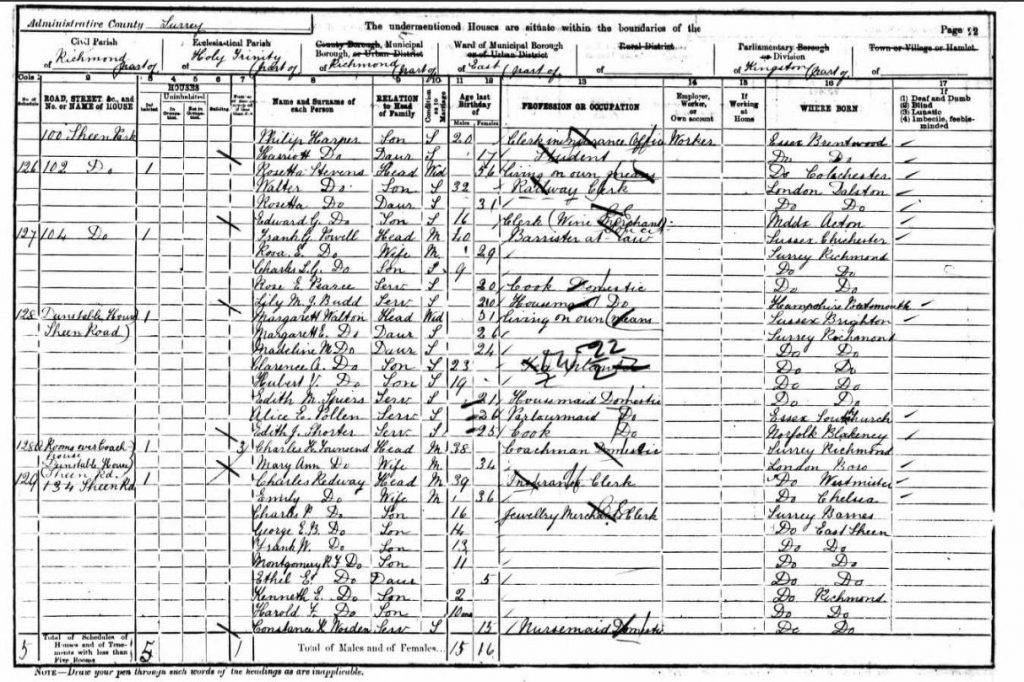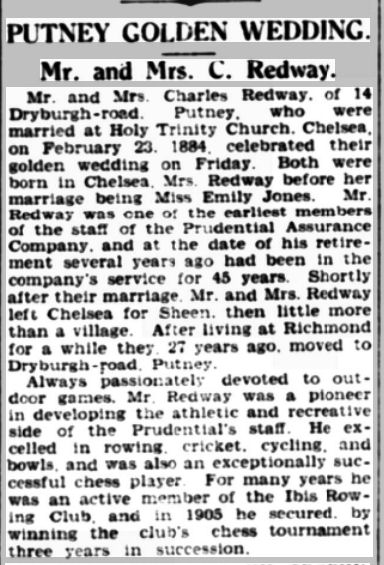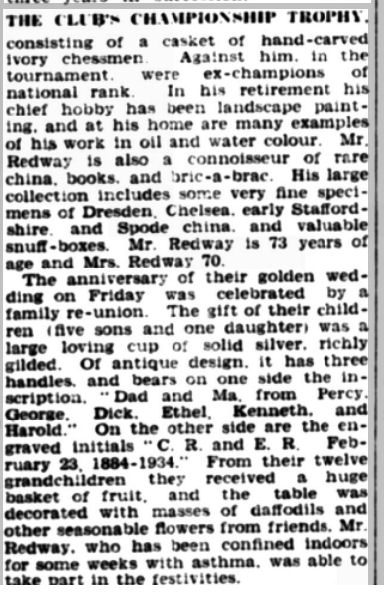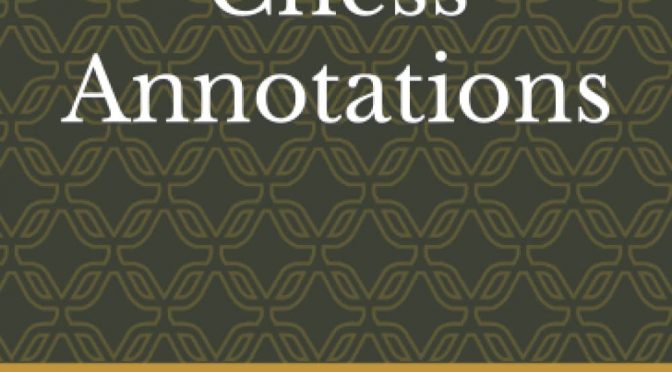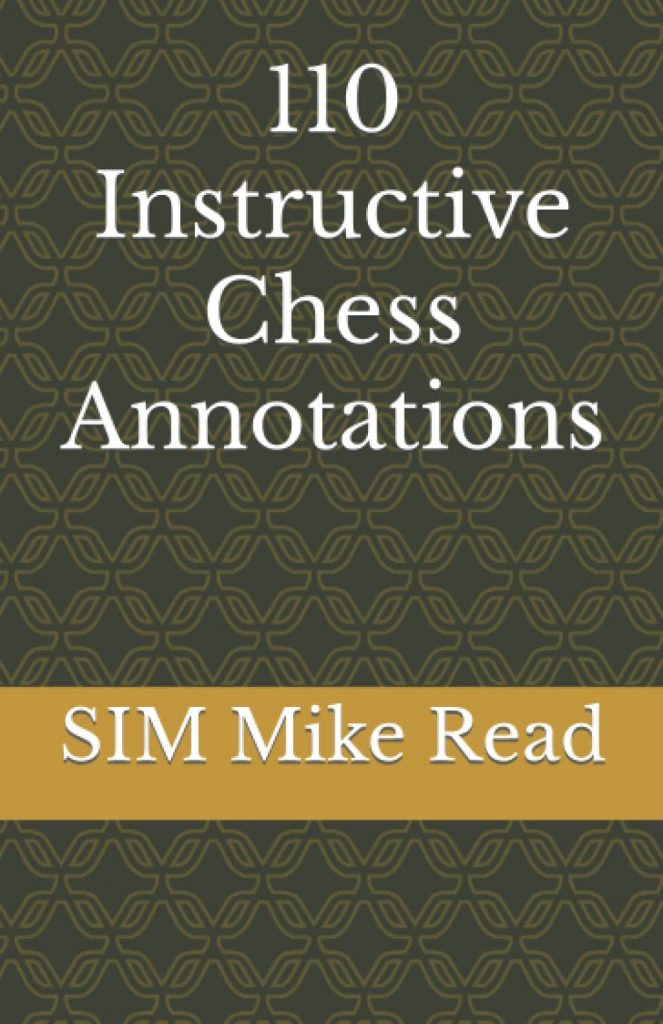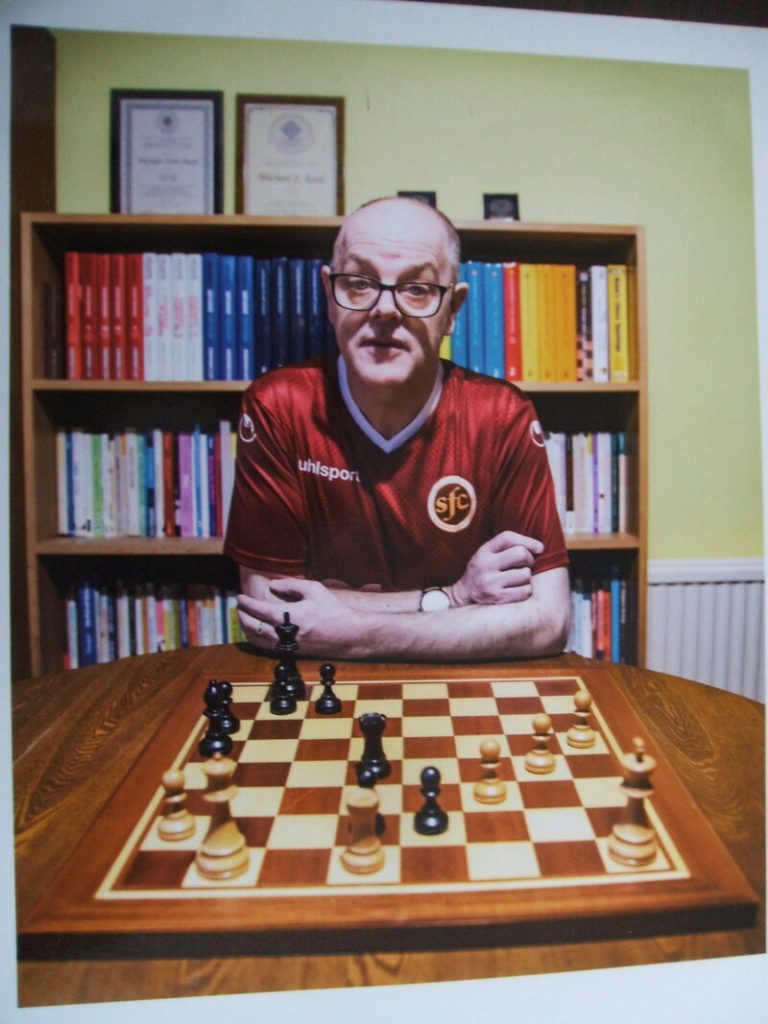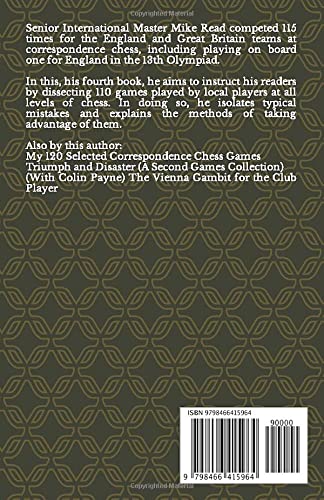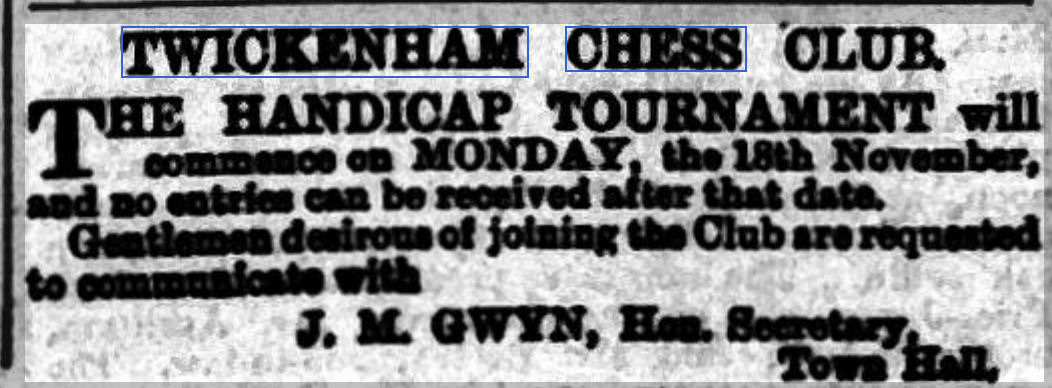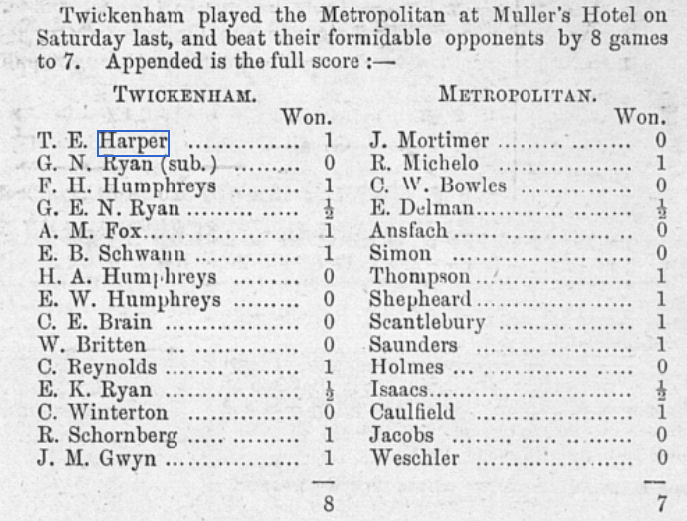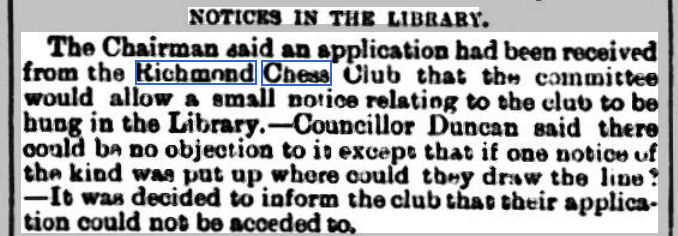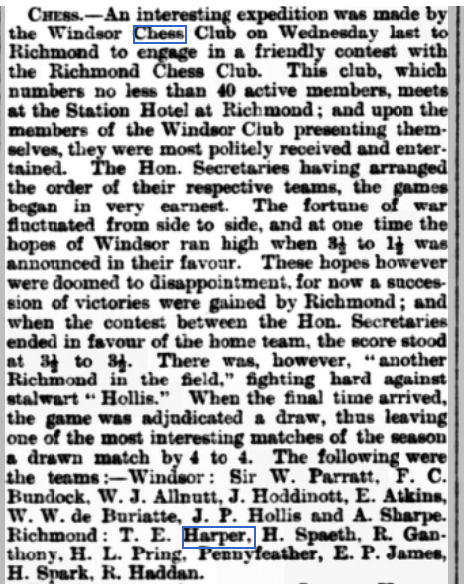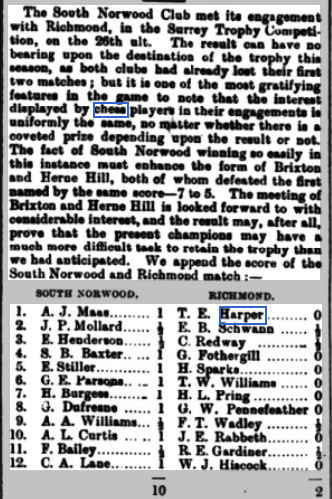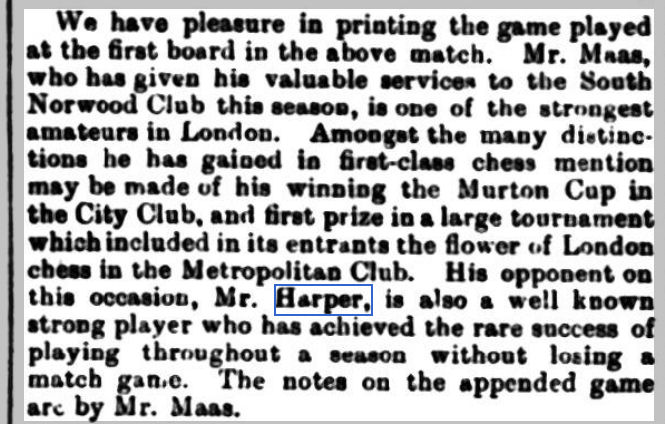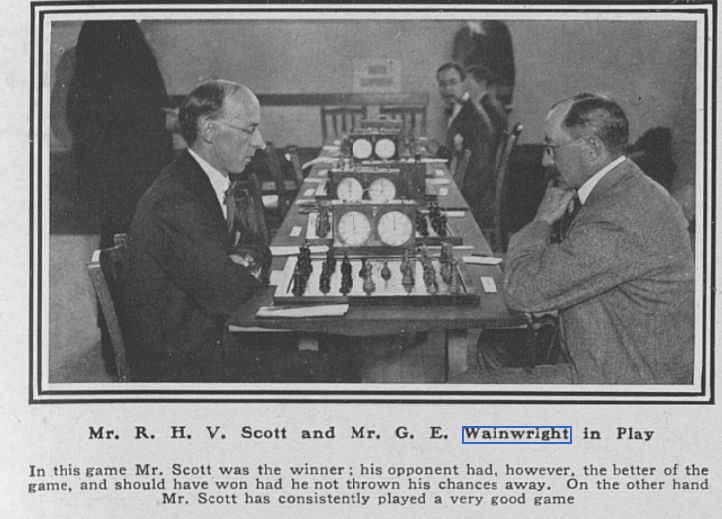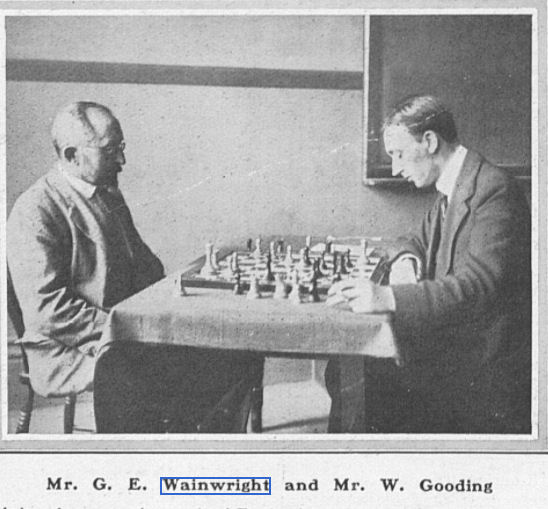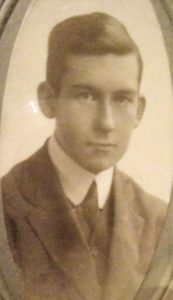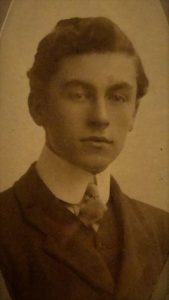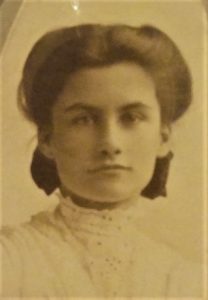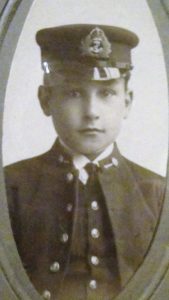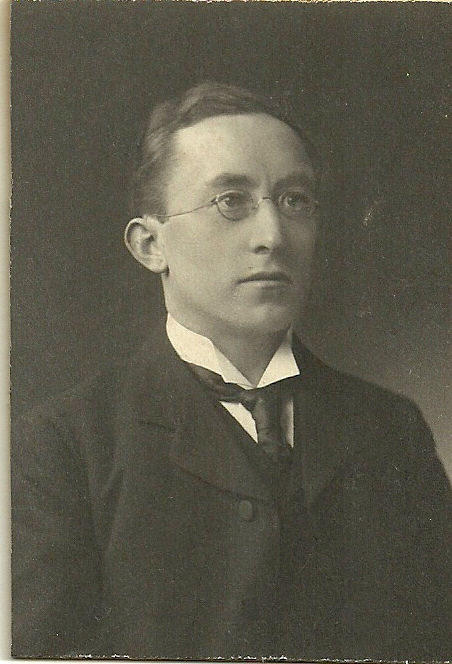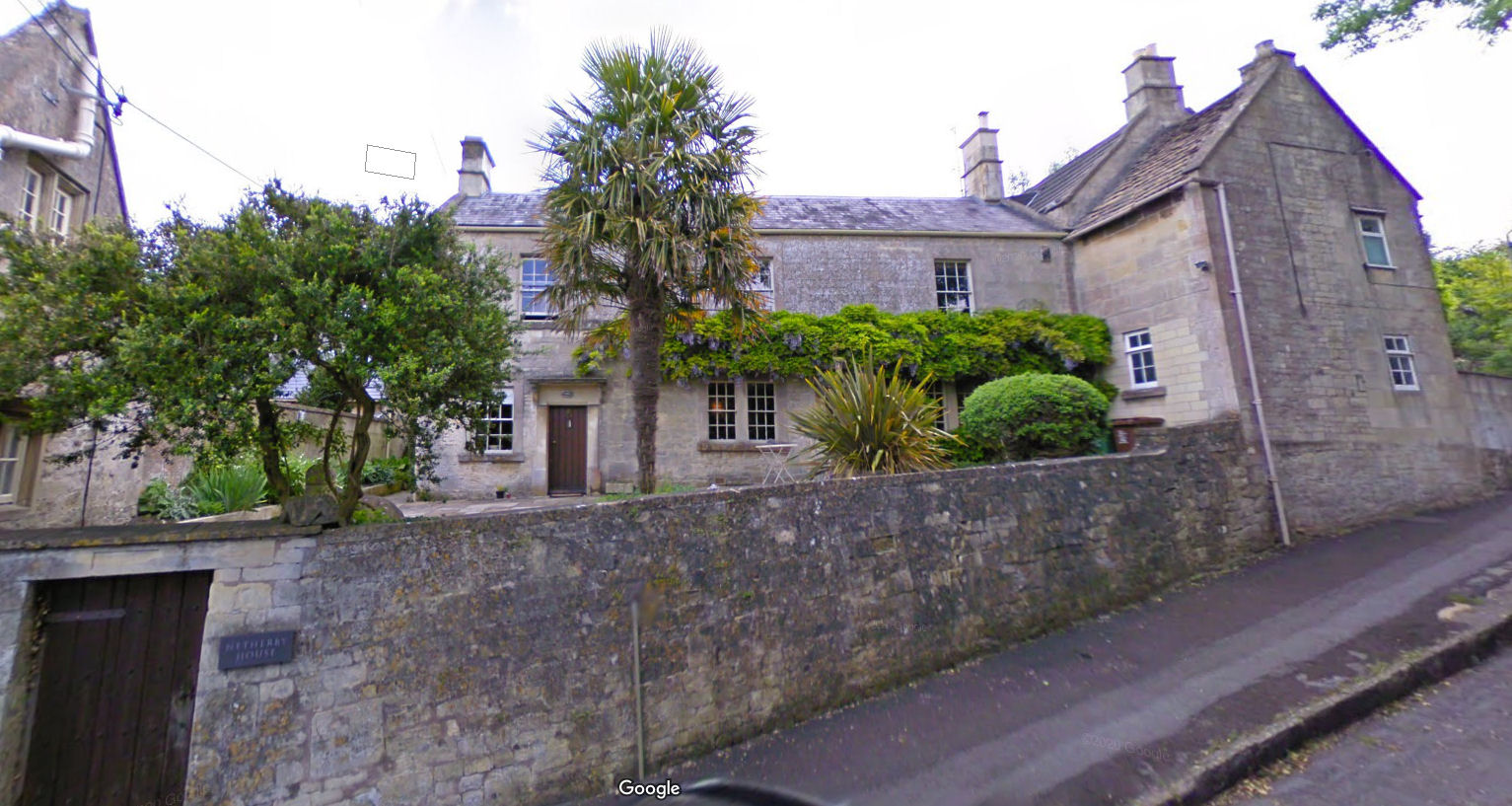By 1986 I’d developed some strong views about education and how they related to chess.
Something else happened as well. I was sitting in my London office one Feburary day wondering how I was ever going to be able to leave a job with no prospects of promotion or doing anything else when the phone rang.
It was my old friend Mike Fox, calling from Birmingham. “This phone call will change your life”, he said. And it did.
He’d been commissioned by Faber & Faber to write a book about chess trivia and invited me to join him as co-author. This would become The Complete Chess Addict (1987) and later The Even More Complete Chess Addict (1993), as well as the Addicts’ Corner column in CHESS which ran for 14 years. I decided that I could make as much money in less time by working freelance, while having time to help Mike with researching and writing the book and having more time to develop RJCC.
In order to improve Richmond Junior Club the first thing I wanted was to be able to find out everything I could about how every member of the club played chess, so that I could provide individual advice to all children and parents.
My view also was that, when teaching younger children and, more generally, less experienced players, everything we did had to happen for a very specific reason. I didn’t want to provide random lessons demonstrating random brilliant games to a random collection of children. Nor did I want to push children into doing too much too soon: using clocks and scoresheets and taking part in external tournaments before they were ready.
What I did (some of this was explained last time) was this:
- I split the club into two sections: a morning group lasting two hours for primary school children, and an afternoon group lasting three hours for secondary school children, to which stronger primary school players would also be invited.
- I introduced an internal grading system which was revised every few weeks, including all internal games (excluding blitz) so that I could select teams objectively in order of strength and identify when morning group players were ready to move up to the afternoon group. This included a very crude but reasonably effective measure to avoid grading deflation, based on the principle that, at any point, our members will either be improving or stationary.
- Although I’d been collecting scoresheets of games played in our tournaments and training days for almost a decade, I now collected all afternoon group games (excluding blitz again) and played through them myself at home. There was no need to collect games played in the morning group as they were played at a lower level and usually decided by the number of pieces left en prise.
Beyond that, I wanted to ensure that our members would be able to try out a wide range of different openings, play games at different time controls, and play different opponents every week.
The primary school age children in our morning group were divided into divisions according to their internal grade. When new members joined we’d do a quick assessment. If they were obviously beginners they’d start in the lowest division. If we already knew about them because they’d played in one of our tournaments we’d already have given them a grade so would be able to put them in the correct division. Otherwise, we’d give them a quick friendly game against a player in a middle division and see how they got on.
I also used the same divisional system in schools for many years to ensure that children played different opponents of a similar strength to themselves every week (until the divisions were changed). This system also catered for the fact that some children played fast and would get through several games in one session while others played slowly and would only play one game. I found this worked much better than a Swiss tournament where everyone played one game a week and children who had finished their games would sometimes interfere with the games still in progress.
Every few weeks, by which time some of the faster and more regular attenders would have played most of the other players in their division, we ran the results through the grading program and restarted the divisions, with the most successful players gaining promotion.
We knew that if we taught children opening principles and then left them to their own devices many games would start with boring Giuoco Pianissimos or Spanish Four Knights, which, because they led to closed positions with few opportunities for pawn breaks, were only superficially good for less experienced players.
So we developed a system which would enable children in this group to experience a range of different openings and position types. Our first rule was that all games in the morning group would start with the moves 1. e4 e5. Over the course of the year (September to July) we’d work through the major open games, starting with simple Four Knights type positions and gradually moving through to the King’s Gambit and (the favourite of many of our members) the Danish Gambit. We’d give a short introductory talk before the games started and expect players to start the game with the moves displayed on the demonstration board.
Ray Keene’s column in the Times always provided a simple tactical puzzle on Saturdays to encourage readers to compete for a prize, and we’d display this on the demo board so that children could attempt to solve it as they arrived. We’d go through the solution in front of the whole class before introducing them to the opening of the week.
We also wanted to ensure that children were introduced to clocks and scoresheets at the appropriate time in their chess development to prepare them for promotion to the afternoon group. As each of these adds a level of complexity to an already difficult game we wanted to do them one at a time, so players in the second division were asked to play their games on clocks (30 minutes per player per game) and, when they reached the top division they were required to notate their games (down to the last five minutes) as well.
For some of our members, the Morning Group was all they wanted and they’d drop out after a year or two. But others would be ambitious to play competitively and move up to the Afternoon Group, which was designed, in the first instance, for players of round about 1000 to 1500 strength. We assumed that, at that point, they’d move on to bigger and better things, but, as our system developed, we were attracting players up to getting on for 2000 strength.
In order to give our Afternoon Group members the chance to try out a wide range of different openings we developed a system involving games using set openings.
It took a few years for this to be fully implemented, but what we did was to divide all the major openings into ten groups, featuring one group every half term. We built a three-year cycle, with some groups happening every year, some twice in three years and some once in three years.
We also wanted to provide a range of different time limits. For younger players up to about 1500 who tend to play fast there’s no real need for slower games, while we also decided that anything less than 10 minutes per player would lead to too many blunders. So our main termly structure eventually looked like this:
- Freestyle 30 minute games (3 games in the 3 hour session)
- Coach and play – introductory lesson on the openings to be played over the next few weeks followed by two 45 minute games, consulting the opening books
- 10 minute blitz tournament (in groups with promotion/relegation) with opening variation picked out of the ‘hat’)
- 30 minute games (3 games in the 3 hour session) using the set openings
- Freestyle 10 minute blitz tournament (in groups with promotion/relegation)
Over the year we’d run 12 sessions with 3 30-minute games (at first in groups of 4 (quad tournaments) or 6 (Scheveningen system tournaments) – six freestyle and 6 with set openings. All games would be recorded down to the last five minutes and all scoresheets would be handed it. We used duplicate scoresheets for this purpose so that they all had a copy of their games to take home. I’d then play through all the games again at home, and, once ChessBase became available I’d enter them all into a database.
We’d also run 11 sessions with 10-minute games (as many as they could play in the time available), five freestyle and six with set openings.
We’d run 6 Coach and Play sessions to introduce the openings to be played in the next rapid and blitz sessions.
We also ran one simultaneous display a term. Sometimes we’d use visiting masters, sometimes our own coaches, members of our parent chess club or former RJCC members. We considered these a vital part of our programme for several reasons:
- They promoted chess as an adult game, not just a game for young children
- They gave our members the chance to meet and play against titled players
- They forced our members to slow down and think while the simul giver was going round the room moving on the other boards
Other weeks were filled up with activities such as training games at slower time limits, endgame practice and puzzle solving, while the last week of each term gave our members the chance to enjoy chess variants such as Exchange (Bughouse) and Kriegspiel.
The idea was that each week would have one activity, which would vary from week to week. Very different from the way most junior clubs run, with two activities (lesson and game) a week and the same structure most weeks.
If you want to use our methods, our stationery (now rebranded as Chess Heroes rather than RJCC) is available to download here and here while our opening books (recently updated slightly to include the currently popular London System) can be downloaded here.
Coincidentally, several other important things happened at about this time.
A local primary school, Sheen Mount, appointed a new Headteacher, Jane Lawrence, who was passionate about introducing all her pupils to chess, teaching them the moves and giving them the chance to play competitively at school every day. Many of her pupils joined Richmond Junior Club, and, as you’ll see, two of them, Richard Bates and Tom Hinks-Edwards, went on to become International Masters.
Ray Cannon, whom I vaguely knew from the London chess circuit, brought his young son Richard along to the club. Ray was (and still is) an excellent chess coach and his views on chess teaching were (and still are) very similar to mine, and he soon started to play a vital role in the club, helping with the Afternoon Group as well as spending his Sundays visiting tournaments and passing on the results of our members so that I could incorporate them in our internal grading list.
The other player who played an invaluable part in our successes for many years was Gavin Wall, later an IM, one of our early members who, on returning from University joined our coaching team, working mostly in the Morning Group. Gavin and Ray were both integral to the club for many years: I can’t thank them enough.
Over the next few years we again became very strong, and the system we used in the Afternoon Group undoubtedly played its part.
As it happened, the summer of 1986 witnessed our first ever British Champion when Irfan Nathoo took the national Under 9 title.
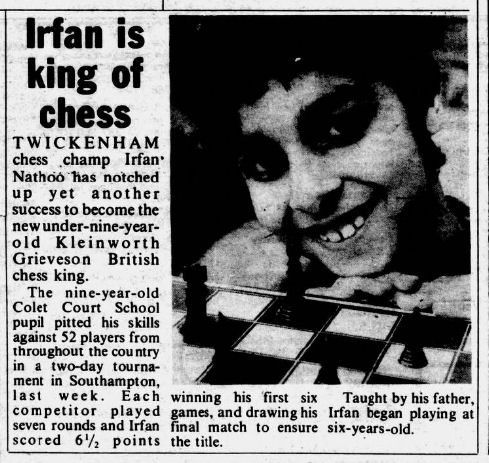
Here’s a game from later in the year. To play through this or any other game in this article click on any move and a pop-up window will appear.
With our new system in place we were able to promote the club in the local press, announcing an exciting season ahead.

We were actively looking for sponsorship at this point. We received donations from two local charities at various times, and here we found sponsorship from the Richmond branch of Midland Bank.
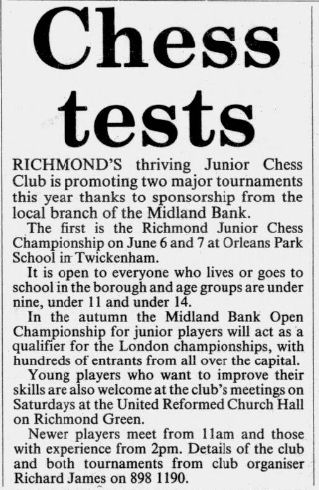
We were also competing successfully in team competitions against other London junior clubs. Barnet Knights, of course, are still going strong today.
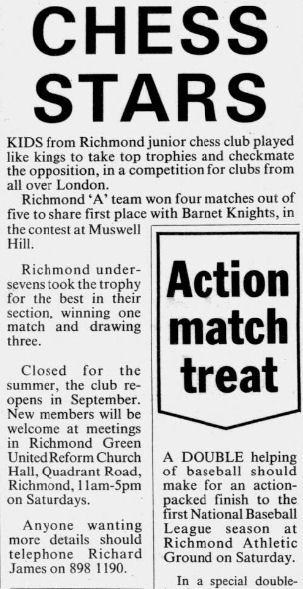
One of our new members was a talented Scottish junior, Jonathan Rowson, who had moved from Aberdeen into the same road as me. He used to come round to my house for a game after school, but sadly for us he didn’t stay in the area very long.
In this game from one of our monthly quad tournaments, he demonstrated his class by outplaying Richard Bates in a pawn ending.
During this period I was doing a lot of private tuition. Jonathan was by no means the only one of our members who would visit my house for lessons, either on a regular or an occasional basis. Judging from both individual and team results it must have had some effect on them.
By 1989 Sheen Mount players were making names for themselves on the national stage. Here are future IM Richard Bates and Tom Davey playing for England’s Primary Schools team in a match against Scotland.
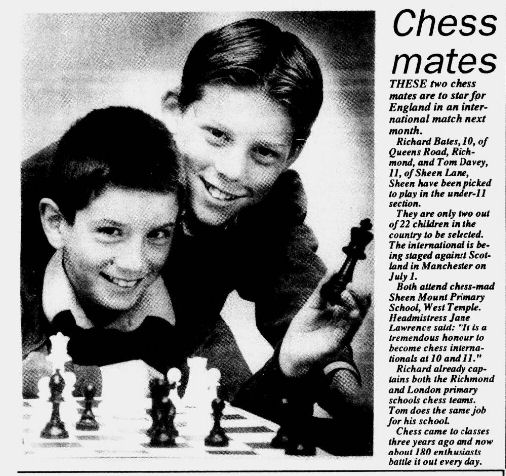
Also in June 1989 we were invited to play a match against a visiting team from Arizona. As we had so many strong players by now we split our players into three teams and played a four-way match.
Here’s Richard Cannon’s game against the American board 1.
By the summer of 1989 it was time to move. The church in central Richmond where we met was being redeveloped so we had to find new premises. Richmond & Twickenham Chess Club moved to London Welsh Rugby Club, while Richmond Junior Club found a new home in a large Victorian house in East Twickenham, where we’d meet for more than 15 years.

We also set up a separate group for older children enabling us to enter teams in the Thames Valley League. We played our home matches in Friday evening sessions and scheduled our away matches, as far as possible, during the school holidays.
Jane Lawrence was now running Richmond teams in the English Primary Schools Chess Association inter-area competitions, with players from schools around the Borough taking part. Andrew Bamford, like many of the players in these teams, was a member of Richmond Junior Club.
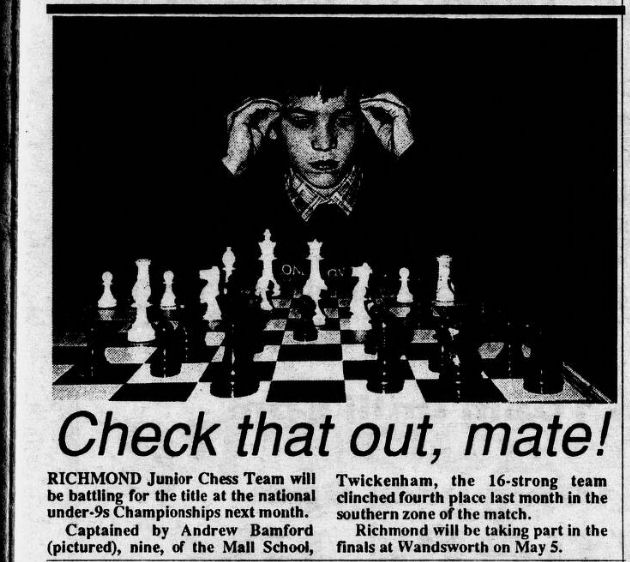
In this game from our 1990 Under 11 Championship a speculative sacrifice proved successful.
Wanting to provide top level coaching for our strongest players, we appointed GM Daniel King as our club professional in 1990. We were also able to enter a third team in the Thames Valley League.
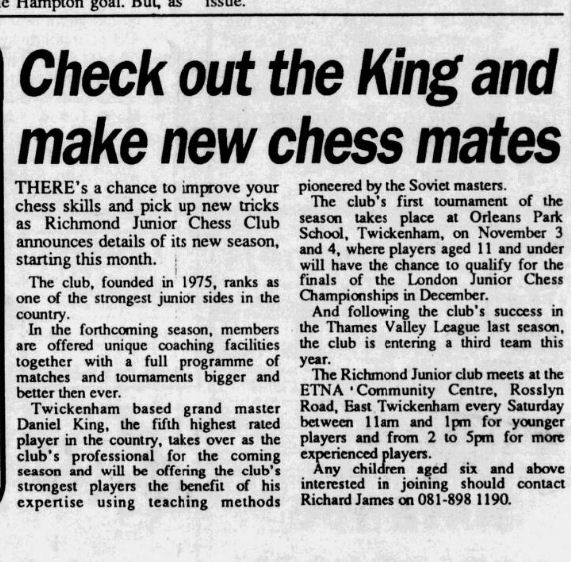
In just a few years since 1986 the club had made tremendous progress, and we were able to bill ourselves, without fear of contradiction, as ‘England’s leading club for young players’. This is Chris A Baker, who hasn’t played competitively for a long time, not to be confused with long-standing Richmond & Twickenham Chess Club member Chris B Baker, who was also a pupil at Hampton School, or indeed IM Chris W Baker.
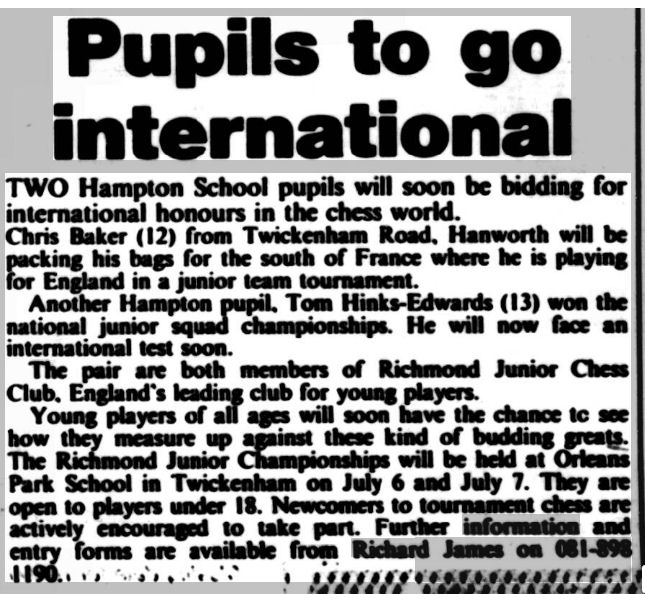
In this game Tom had the chance to play a Greek Gift sacrifice against an opponent with insufficient experience of the French Defence.
And here’s Chris Baker, beating one of his regular rivals in a club game.
Every summer during this period the parents of our stronger players got together to book accommodation for the British Championships. From 1991 onwards we were rewarded with successes like these:
1991 Richard Bates U14 shared, Luke McShane U9
1992 James Clifford/Luke McShane U14 Andrew Bamford U11
1993 Tom Hinks-Edwards U16 shared
One of our favourite simul givers at the time was Ukrainian IM Petr Marusenko, a regular visit to Hastings (he’s there again this year) who would drop in to visit us after the congress.
In this game James Clifford outplayed him in the ending.
Richard Bates, now at Tiffin School, continued to be successful in 1992, and was rated one of the world’s top players of his age.
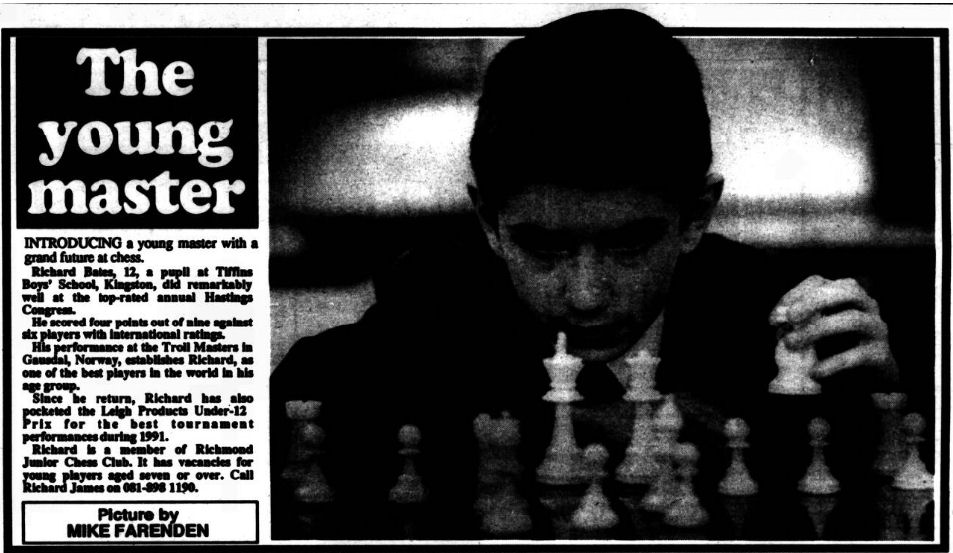
But by that time we had a new member whose feats would outshine even Richard’s. This was Luke McShane, who, at the age of only 8, took the World Under 10 Championship in 1992.
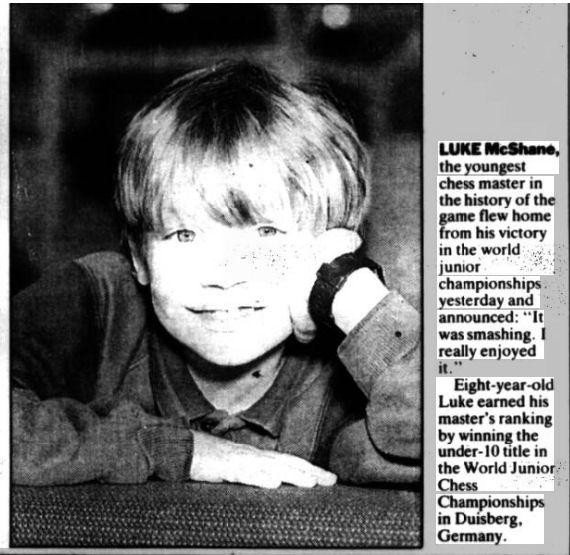
Luke scored victories against future stars such as Bacrot, Aronian and Grischuk in this event. He was perhaps fortunate to escape from lost positions in the first two of these games, but here’s his win against the Russian representative.
In January 1993 we were privileged to host a junior team from Kiev (now Kiiv), whose top players were, as you might imagine, very strong. We arranged four events: a simul given by Daniel King, a match against a team from Richmond & Twickenham Chess Club, a match against a Richmond Junior Club team and a match against a junior team representing the Southern Counties Chess Union, which included three RJCC players.
Another of our very strong players, Aleksandar Trifunovic, great nephew of Grandmaster Petar Trifunovic, scored an exciting win on board three of the RJCC v Kiev match. His opponent here is now an American IM.
Richard Bates scored a win and a draw against the top two Kiev players. He drew with Spartak Vysochin, now a grandmaster, in the RJCC match and won this game from the SCCU Juniors match.
As a result of his performance in the World Junior Championship, Luke was given the opportunity to play a game against Garry Kasparov, in London to discuss the arrangements for his forthcoming World Championship match against Nigel Short.

Here’s the game.
In May 1993, buoyed by these successes, we were asked to be involved in the Richmond Chess Initiative, which, in essence, did very much what Chess in Schools & Communities is doing now, but on a local rather than national level.

Children would learn all the right moves, but would they play them in the right order? You’ll find out in the next part of the history of Richmond Junior Chess Club.

